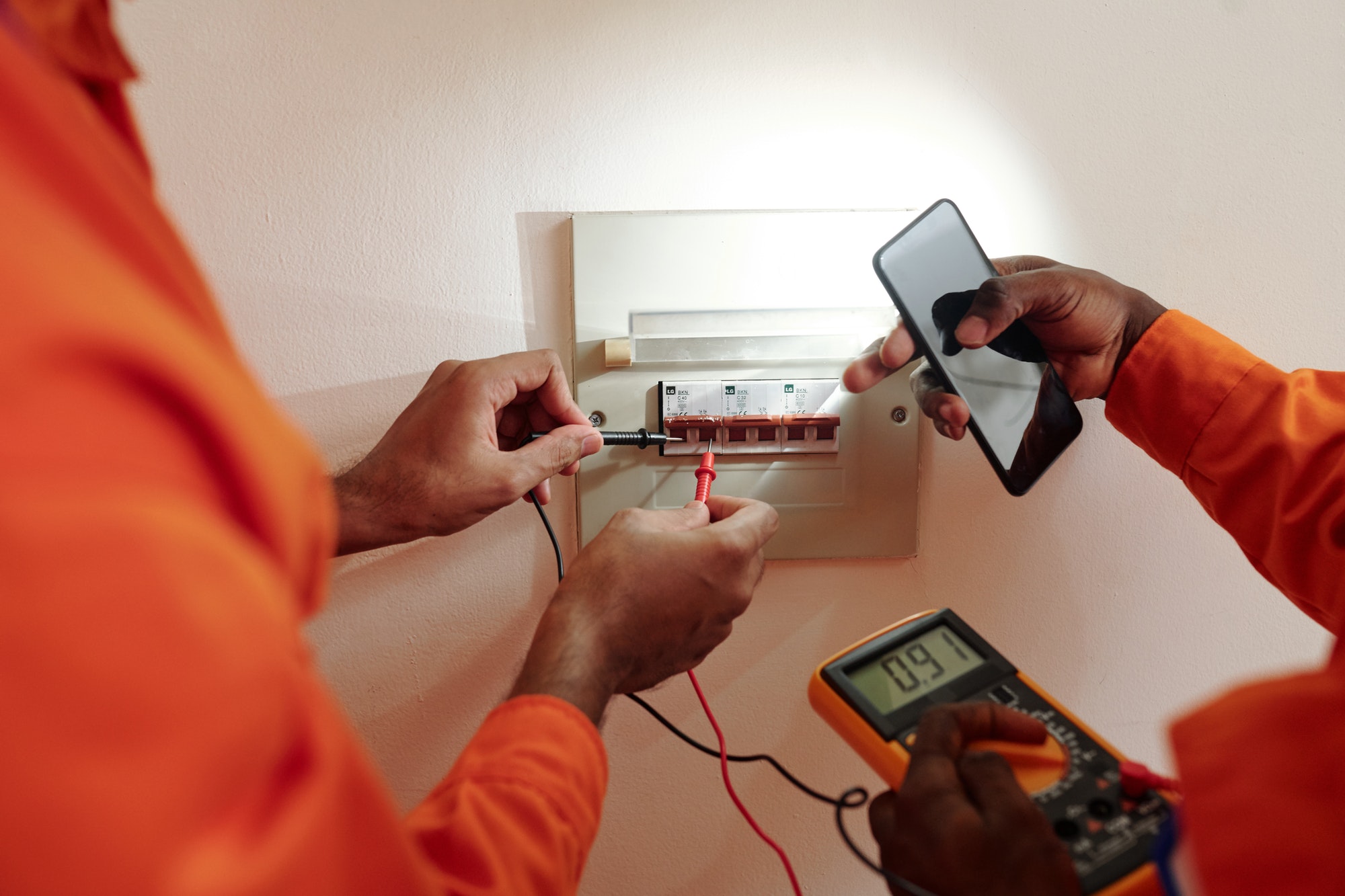In the quest for energy efficiency and cost savings, lighting control systems are becoming increasingly popular in both residential and commercial settings. These systems not only optimize the use of light but also enhance the functionality and comfort of any space. Here’s a look at how implementing lighting control systems can lead to significant energy savings and operational efficiency.
Understanding Lighting Control Systems
Lighting control systems vary in complexity from simple dimmers and timers to sophisticated network-based systems that integrate with other building management systems. These systems allow users to adjust lighting according to specific needs and preferences, which can significantly reduce energy usage and extend the lifespan of lighting fixtures.
Benefits of Lighting Control Systems
- Energy Efficiency: The most direct benefit of lighting control systems is reduced energy consumption. By using dimmers, timers, and occupancy sensors, these systems ensure that lights are not left on unnecessarily, which can lead to substantial energy savings.
- Cost Savings: Lower energy usage translates into lower utility bills. Over time, the savings on electricity can offset the initial cost of installing a lighting control system, making it a cost-effective investment.
- Improved Comfort and Productivity: Properly managed lighting enhances the comfort of a space, which can improve productivity in workplaces and overall satisfaction in homes. Lighting control systems can adjust the lighting for optimal visibility and comfort.
- Extended Bulb Lifespan: By reducing the average use of lights through dimming and other controls, these systems can extend the lifespan of bulbs. This leads to fewer replacements, reduced maintenance costs, and less waste.
Key Components of Lighting Control Systems
- Dimmers: Allowing for the adjustment of light levels according to the time of day or the task at hand, dimmers can significantly reduce power consumption while creating the perfect ambiance for any situation.
- Timers: Timers can automatically turn lights on and off at set times, which is particularly useful for exterior lighting or common area lighting in multi-unit dwellings.
- Occupancy Sensors: These sensors detect the presence of people in a room and turn lights on or off accordingly. They are ideal for rooms that are used intermittently, such as conference rooms or bathrooms.
- Daylight Harvesting: This involves using sensors to measure the amount of natural light in a space and adjusting the artificial light accordingly. It ensures that the lighting is optimal for comfort and energy efficiency.
- Smart Lighting: Advanced systems can be controlled remotely through smartphones or integrated with smart home systems. This allows for real-time adjustments and monitoring, enhancing both convenience and energy management.
Implementation Strategies
- Assess Your Needs: Evaluate the specific lighting needs of your property. Residential environments might require a different approach compared to commercial spaces.
- Consult with Professionals: When considering a lighting control system, it’s advisable to consult with lighting professionals or energy consultants. They can provide insights into the best systems for your needs and help with the installation process.
- Start Small: If you’re new to lighting control systems, start with a single room or area. This allows you to gauge the effectiveness of the system and make adjustments before a full-scale rollout.
- Educate Users: For organizations, training employees on how to use the system effectively is crucial. In homes, making sure all family members understand the system ensures maximum efficiency.
Conclusion
Implementing a lighting control system offers a multitude of benefits, from significant energy savings to enhanced environmental comfort. As technology advances, these systems become more accessible and effective, providing a smart solution for managing energy consumption in a sustainable and cost-effective way. Whether in a home or a business, lighting control systems are a bright idea for energy conservation and operational efficiency.







